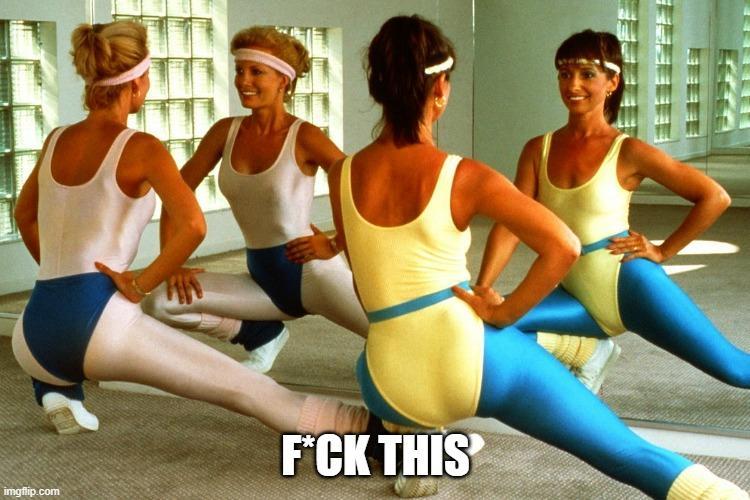Does advertising hate women?
I was poking around on YouTube during a rare day off, and the platform suggested I may be interested in looking at TV advertisements from the 80’s. And, I was! As I was born early in ’84, I was intrigued by what daytime TV viewers were seeing on their screens. I got about ten minutes in before I had to turn it off.
The first thing that really hits you is the difference in visual style. Compared to today’s sleek advertisements, there is much less technology and flash. By today’s standards, we might call these “low budget” by comparison. I don’t know about you, but I find something endearing about this! They look like videos you might create in a first-year college film class, or for a more sophisticated videophile, something you’d create in AV club in high-school. It evoked a few real laughs from me. It made me think of how much technology has changed all aspects of life, including advertising.
The second thing you might notice is differences in fashion. I was young in the 80’s, but I do recognize that these ads reflect “the look” of the time. Hair was often BIG, and companies were shilling many products aimed at achieving that. Aqua Net enjoys free airtime in my brain, I can’t tell you how much of it I inhaled in the 80s and 90s. Alternatively, short and choppy/spiky hairstyles were very cool for women who dared it. You’ll see in the ads that clothing style was mostly conservative, although the later 80’s marked an experimentation with chunky jewelry, bright colors, and other features more visually-interesting. Men wore suits. Women wore dresses. Not the variety (and skin) that you see today.
I made an inventory of products that are still in play today, and the ones that didn’t really survive. I had rarely heard of Anacin before, and I wasn’t sure about Caress soap. Tropicana is certainly still around!
You’ll find that most of the ads are focused on women’s products. Who was the intended audience of these ads? By the cultural norms of the time, we might assume that men were working 9-5 at the office to support the family. The most likely to be home were women: moms and wives. Remember, these ads aired during the day, around soap operas and daytime talk shows and infomercials that were also directed at female audiences. So, they were catering to a woman’s world-view.
Observe what you see women doing in these commercials. This smiling woman is presenting her husband and kids with a delicious and convenient dinner. This smiling woman just found a great deal at the supermarket. This smiling woman used a product to get her kitchen sparkling clean. This smiling woman is carrying shopping bags from a day of retail therapy.
Almost all of these women are white. Almost all of these women appear to be middle- or upper-middle class.
These ads are seriously dunking on women, and providing them ways to work to improve themselves.
Your hair isn’t shiny enough. Buy Suave.
Your skin isn’t clean enough. Buy Caress.
Your p***y doesn’t smell right. Buy Summer’s Eve.
The implication is that women should be spending their money on products to make them more acceptable to their partners, kids, and society. Looking right, smelling right, cleaning right, cooking right.
My question is, has the game really changed? Maybe companies are a little savvier in how they package the message, but the message is the same. If you feel like you’re not as happy as you should be, buy this cream/salve/shampoo/makeup/diet product.
I really feel for the Zoomers, who have been getting these messages all their lives. Through tablets, websites, blogs, social media, the consistent messaging that women aren’t “enough,” but for the right price, they could be.
It’s bullshit.


Spot on! It’s no wonder that women generations before carried such a skewed view of being acceptable and pleasing to others. We can only do so much to turn the tides, but if we did, how would I save myself time with that fancy curl your hair while you sleep headband? These iconic 80s commercials make me smile. Context, context, context. If anything, I hope it illuminates how far we come with representation in media.